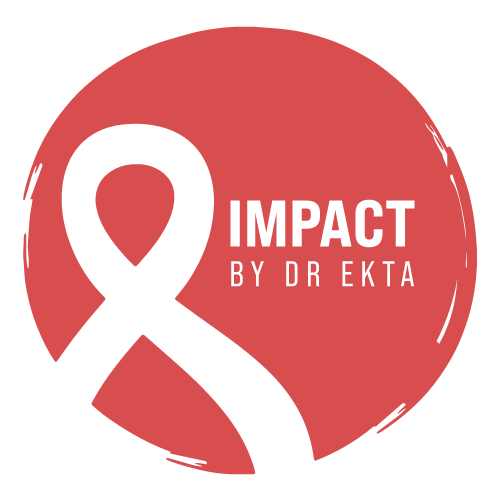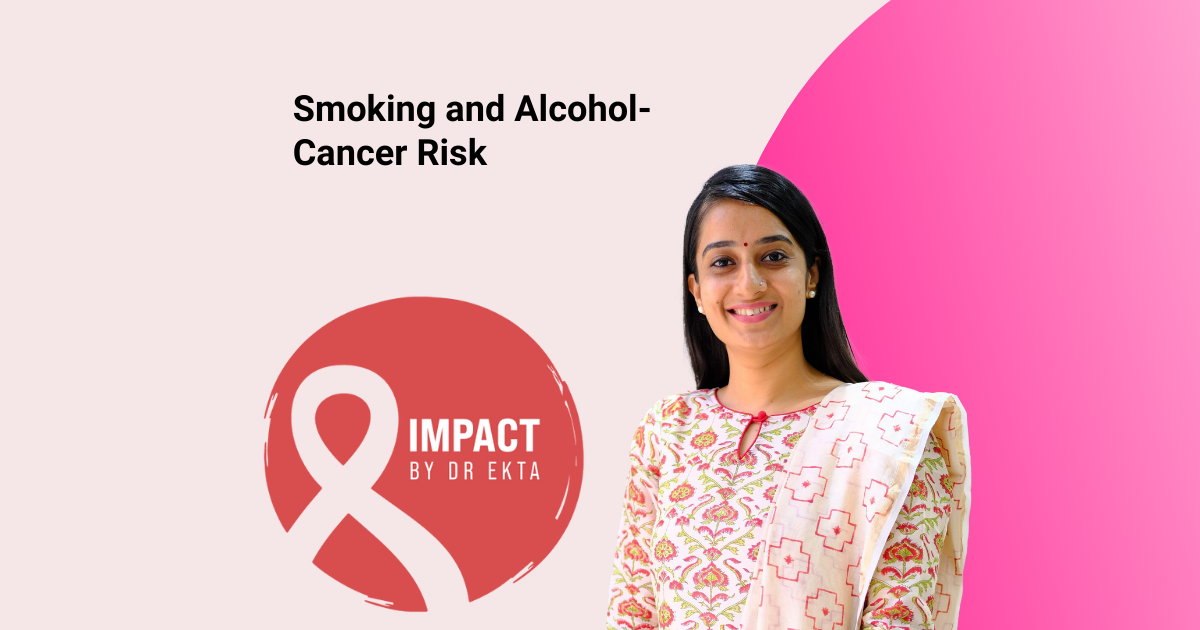As an oncologist, I often encounter patients who are surprised to learn about the strong link between lifestyle choices and cancer risk. Two of the most significant factors that can increase the likelihood of developing cancer are smoking and alcohol consumption. Understanding the smoking and alcohol cancer risk is crucial for anyone looking to make informed decisions about their health. In this blog, I will delve into the relationship between these habits and cancer, and provide insights on how to reduce your risk.
The Dangers of Smoking
Smoking and Cancer
Smoking is one of the leading causes of cancer worldwide. The harmful chemicals in tobacco smoke, including tar, formaldehyde, and benzene, damage the DNA in cells and lead to mutations that can cause cancer. The most well-known link is between smoking and lung cancer, but smoking also increases the risk of several other cancers, including:
- Mouth and Throat Cancer: Smoking can cause cancers of the oral cavity, pharynx, and larynx due to direct exposure to carcinogens in tobacco smoke.
- Esophageal Cancer: The esophagus is particularly vulnerable to the damaging effects of smoking.
- Pancreatic Cancer: Smoking is a major risk factor for pancreatic cancer, one of the most lethal forms of cancer.
- Bladder Cancer: Carcinogens from tobacco smoke are filtered through the kidneys and accumulate in the bladder, leading to cancer.
- Kidney Cancer: Smoking increases the risk of renal cell carcinoma, the most common type of kidney cancer.
- Cervical Cancer: Smoking can weaken the immune system, making it harder for the body to fight off human papillomavirus (HPV) infections, which are a primary cause of cervical cancer.
Alcohol and Cancer
Alcohol Consumption and Cancer Risk
Like smoking, alcohol consumption is a significant risk factor for various cancers. When alcohol is metabolized in the body, it converts to acetaldehyde, a toxic chemical that can damage DNA and prevent cells from repairing this damage. Chronic alcohol consumption is linked to several types of cancer, including:
- Mouth and Throat Cancer: Alcohol can damage the cells lining the mouth and throat, making them more susceptible to cancer.
- Esophageal Cancer: Alcohol increases the risk of both squamous cell carcinoma and adenocarcinoma of the esophagus.
- Liver Cancer: Chronic alcohol consumption can lead to liver cirrhosis, which significantly increases the risk of liver cancer.
- Breast Cancer: Alcohol consumption can increase levels of estrogen and other hormones associated with breast cancer.
- Colorectal Cancer: Alcohol can contribute to the development of cancers in the colon and rectum.
Combined Effects of Smoking and Alcohol
The Synergistic Effect
When it comes to smoking and alcohol cancer risk, the combination of these two habits is particularly dangerous. Smoking and alcohol together have a synergistic effect, meaning that they increase cancer risk more than the sum of their individual effects. For example:
- Mouth, Throat, and Esophagus: The risk of developing cancers in these areas is significantly higher for individuals who both smoke and drink compared to those who do only one.
- Liver Cancer: The combination of smoking and heavy drinking greatly increases the risk of liver cancer compared to either habit alone.
Understanding the Statistics
The Numbers Behind the Risk
To put the smoking and alcohol cancer risk into perspective, consider these statistics:
- Smoking is responsible for approximately 85% of lung cancer cases.
- Alcohol is estimated to cause around 5% of all cancers and 6% of all cancer deaths globally.
- People who smoke and drink heavily are up to 30 times more likely to develop certain cancers, such as those of the oral cavity and esophagus, compared to non-smokers and non-drinkers.
Reducing Your Cancer Risk
Steps to Lower Risk
Understanding the smoking and alcohol cancer risk is the first step towards making healthier choices. Here are some practical steps to reduce your cancer risk:
- Quit Smoking: If you smoke, quitting is the most significant step you can take to reduce your cancer risk. Seek support from healthcare providers, join smoking cessation programs, or use nicotine replacement therapies.
- Limit Alcohol Intake: Reducing your alcohol consumption can significantly lower your risk of developing cancer. Follow the guidelines provided by health authorities, such as limiting alcohol to no more than one drink per day for women and two drinks per day for men.
- Regular Screenings: Participate in regular cancer screenings, especially if you have a history of smoking or heavy drinking. Early detection can improve the chances of successful treatment.
- Healthy Diet: Adopt a diet rich in fruits, vegetables, whole grains, and lean proteins. Certain foods have been shown to have cancer-protective properties.
- Exercise Regularly: Regular physical activity can help reduce the risk of many types of cancer. Aim for at least 150 minutes of moderate-intensity exercise each week.
- Avoid Secondhand Smoke: Avoiding exposure to secondhand smoke is also important, as it can increase your cancer risk.
- Stay Informed: Stay informed about the latest research on smoking and alcohol cancer risk, and be aware of any changes in guidelines or recommendations.
The Role of Public Health Initiatives
Creating a Supportive Environment
Public health initiatives play a vital role in reducing smoking and alcohol cancer risk. These initiatives include:
- Tobacco Control Programs: Government and non-governmental organizations work to reduce smoking rates through education, regulation, and support programs.
- Alcohol Awareness Campaigns: Public health campaigns aim to raise awareness about the risks of alcohol consumption and promote healthier drinking habits.
- Regulatory Measures: Policies such as higher taxes on tobacco and alcohol, restrictions on advertising, and smoking bans in public places help reduce the prevalence of these risk factors.
- Access to Healthcare: Improving access to healthcare services, including smoking cessation programs and alcohol counseling, is crucial for helping individuals make healthier choices.
Conclusion
In my practice, I have seen firsthand the devastating impact of cancer caused by smoking and alcohol. The smoking and alcohol cancer risk is significant, but it is also preventable. By understanding the risks and taking proactive steps to reduce them, you can make a profound difference in your health and well-being. Quitting smoking, limiting alcohol intake, and adopting a healthy lifestyle are powerful tools in the fight against cancer. Remember, it’s never too late to make positive changes and reduce your cancer risk. Take control of your health today, and encourage others to do the same.

